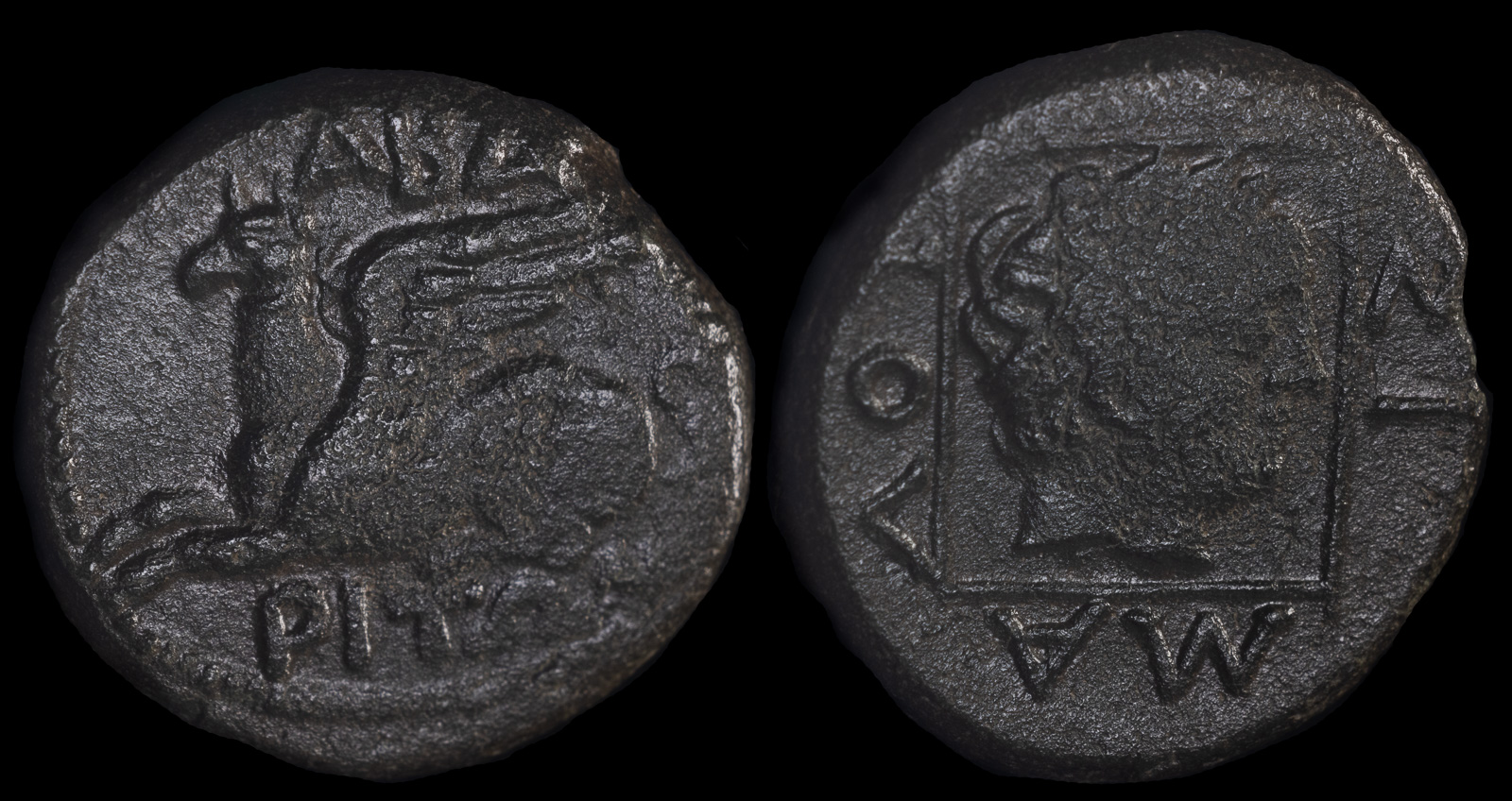Square
View All Tags
One prominent example of the square in Greek coinage comes from the coinage of Aegina during the classical period. The coin features a square shape, often with a simple image of a turtle or a turtle shell. This design likely symbolizes the civic identity of Aegina, as the island was known for its maritime prowess and the turtle motif may have symbolized both the island’s connection to the sea and its reputation for solid, steady trade. The square shape of the coin itself might have been a deliberate choice to emphasize the civic and institutional nature of the coinage, marking it as a solid unit of value tied to the stability and reliability of the state.
The symbolism of the square could also reflect the importance of geometry in ancient Greek thought. Greek philosophers, mathematicians, and artists revered geometric principles, and the square, with its equal sides and right angles, was seen as an embodiment of rationality and the ordered universe. The square’s appearance on coins might have been a subtle reflection of these philosophical ideals, reinforcing the idea that the currency was not just a medium of exchange but also an expression of the rational, structured nature of Greek society.
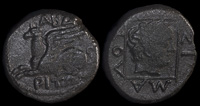
Abdera, Thrace 311-250 BCE
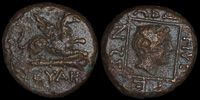
Abdera, Thrace 311-280 BCE

Abdera, Thrace 311-280 BCE
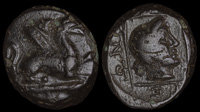
Abdera, Thrace 311-280 BCE

Abdera, Thrace 311-280 BCE
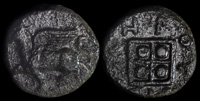
Abdera, Thrace 336-311 BCE
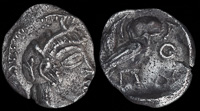
Athens 454-404 BCE
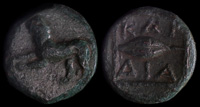
Kardia, Chersonese 309-220 BCE
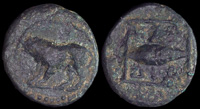
Kardia, Thrace 350-309 BCE

King Monounios of Illyria, 305-275 BCE

Maroneia, Thrace 398-346 BCE
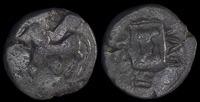
Maroneia, Thrace 398-348 BCE

Northern Arabia 4th-3rd centuries BCE
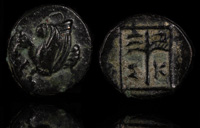
Skepsis, Troas 400-310 BCE
